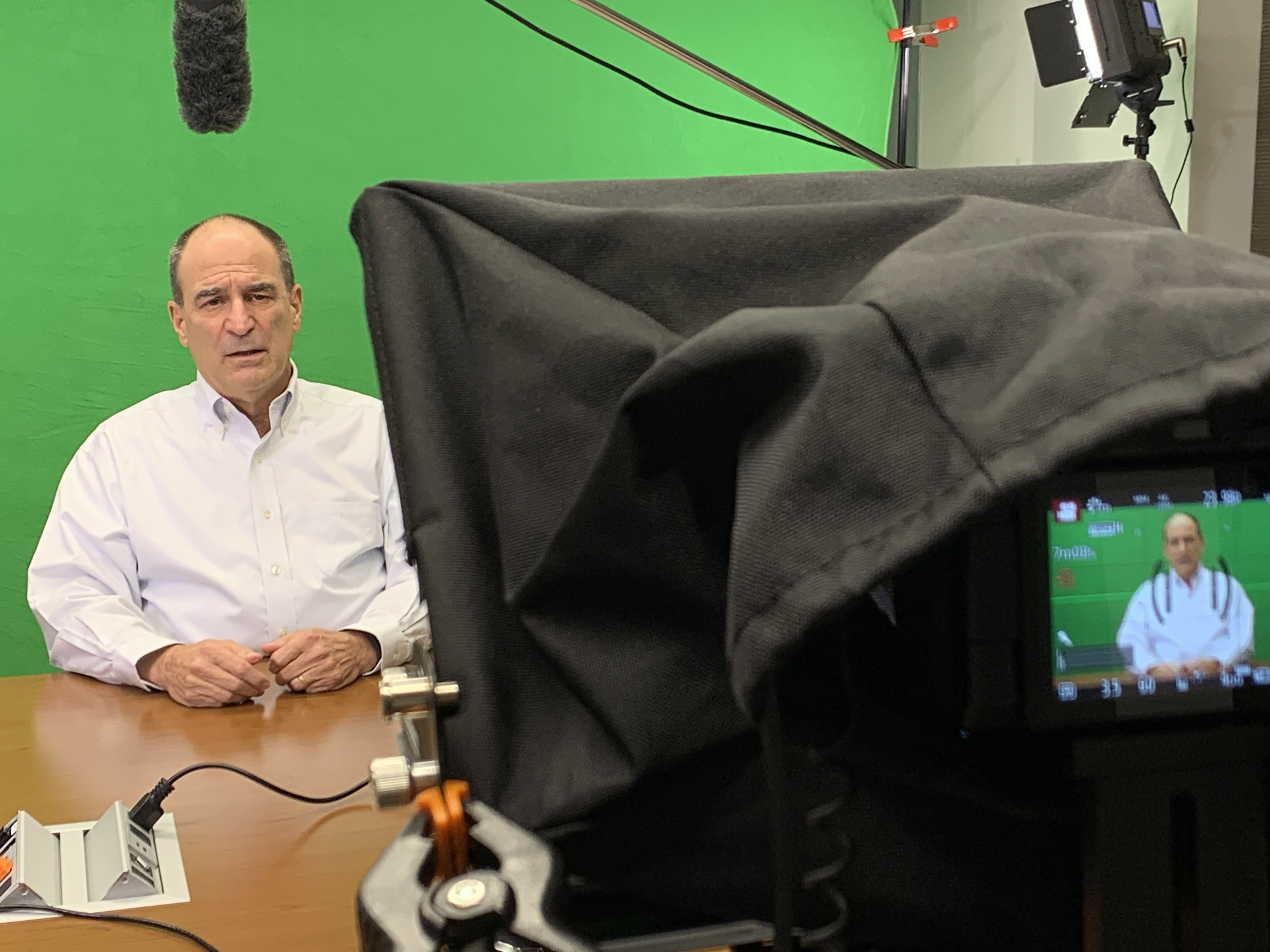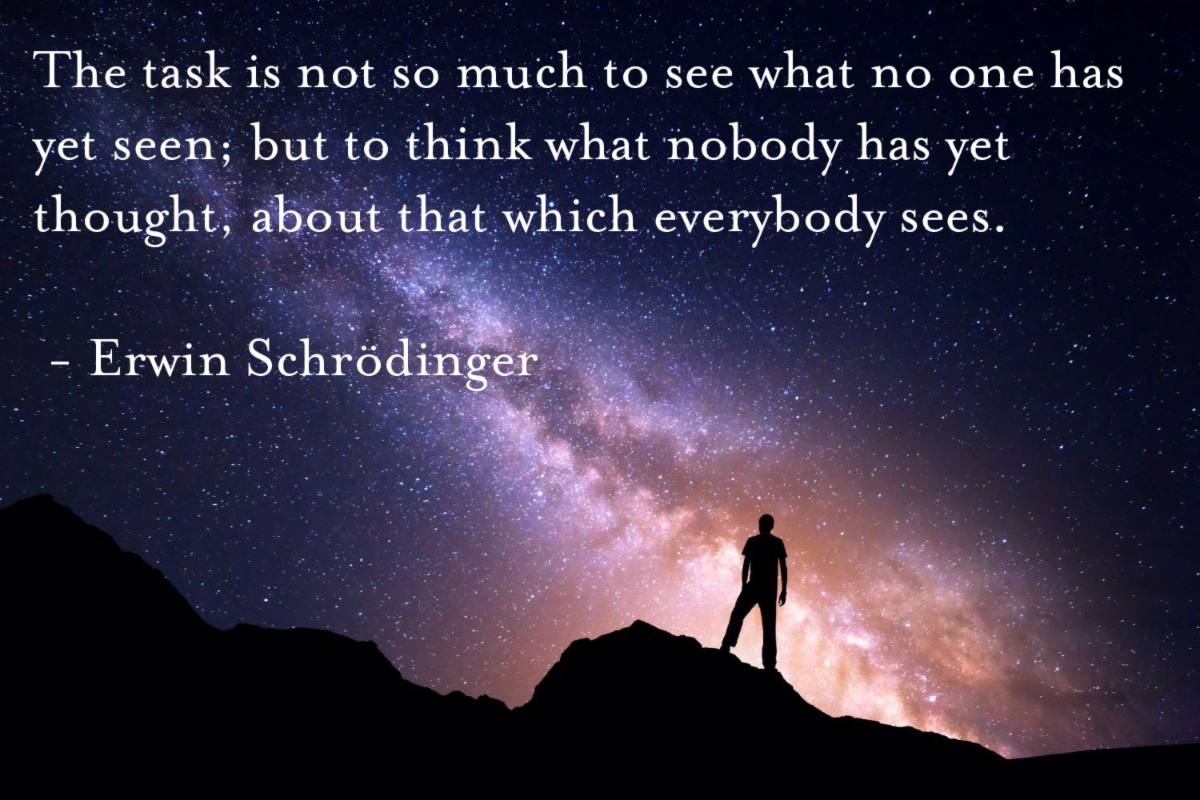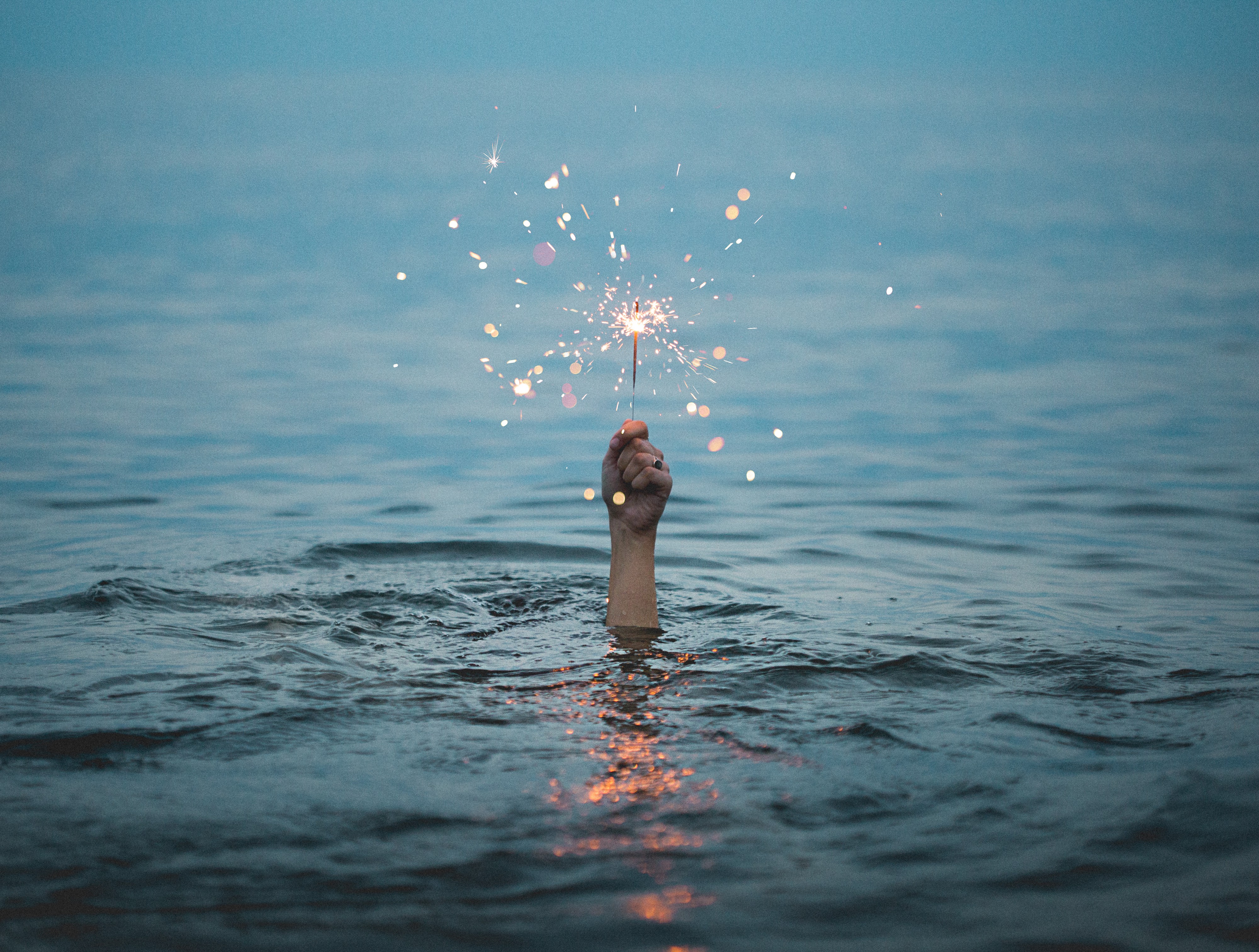LinkedIn isn’t an obvious destination for finding posts from top social media personalities. But the Microsoft-owned company is trying to change that perception by doubling down on efforts to woo creators amid a bigger fight for online talent among social platforms.
30 November 2021 – As I noted last year in my end-of-the-year post to my media listserv, one of the biggest, ongoing changes in media (accelerated by the coronavirus lockdown) has been the Cambrian Explosion of virtual spaces. Over the last 5-8 years I have chronicled what we have learned about the dynamics of digital places and semi-spatial software, and the mega-leap in video and film production. This is driving an incredible evolution in design and content patterns which we’ll see accelerate over the coming months and years.
There has been a tectonic shift to “new new” social media. When I joined Twitter and Linkedin 16 years ago (the first one I have used for the firehose of news, via curated feeds, and the second for more substantive and thoughtful chats) I wanted, more than anything, to communicate directly with key sources I depended on for my writing and, in fact, all my media work. I needed feedback on the pieces I wrote.
For me, Linkedin is superior. I’ve built up 10,000 followers and I’ve had conversations with scores of people (many strangers) who have suggested research avenues I had not considered. I have had a ringside seat to watch investigative journalists at their best. All that plus streams of marvellous posts on art and culture, and wonderful science. Ok, I must fully admit I still go to Twitter so not to miss the videos of stupid drunk men failing to leapfrog barbecue grills.
I have had numerous chats about this creativity explosion with good friend Charles Arthur, the freelance journalist and former technology editor at The Guardian newspaper. His latest book is the monumental Social Warming : The Dangerous and Polarising Effects of Social Media which my clients and close friends are getting for their Xmas/Chanukah present this year. It follows his equally monumental text Digital Wars: Apple, Google, Microsoft and the Battle for the Internet which he published in 2012 (and updated in 2016) which put a lot of today’s tech battles in perspective.
In one of our chats he noted:
Screenwriters get to go to meetings and hang out on set, playwrights can watch an audience respond to their words up close and in real time – but writing is a lonely business that can involve spending many days, weeks and months in isolation crafting something that will be consumed privately and elsewhere by strangers.
I am by profession a lawyer, a writer, a journalist, a media producer – and in my wildest dreams, a historian. As a lawyer I began my career working for clients in the technology, media, and telecom (TMT) sectors. I stayed in those sectors. It drew me to my own video and film production work, and although semi-retired so I could write more, I still produce a bi-monthly newsletter for my TMT clients while my media team continues to produce bespoke videos for those clients. And this past two weeks I have been at my new Washington, DC studio working on our Holocaust series:

When I first began creating videos and films, my storyboards … the graphic organizers that consist of illustrations or images which are displayed in sequence for the purpose of pre-visualising a motion picture, animation, motion graphic or interactive media sequence … were my narrative building blocks, and I used those same techniques in writing.
This social media shift can be attributed to two things in particular. The first is the development of wonderful curation tools. Like many of my media cohorts, I don’t “read” Twitter or Linkedin or any mainstream social media anymore. I use APIs like Cronycle and Factiva that curate the whole social media firehose so I only receive selected, summarized material that pertains to my research or reading need.
The second is even more important. The idea of my company, Luminative Media, came from conversations with my media cohorts who are developing the “new new” social media: the growth of independent creatives building franchises around their talents, where I (and a growing tribe) now spend our social media time, away from the main firehose of social media. Most are paid newsletters. Platforms such as Patreon and Substack (or Kanopy for short movies) have created a tremendous opportunity to go direct to audiences with content relevant to their specific interests, unmediated by large organizations and social media platforms and their horrible cost structures.
But really, if you look back at the development of digital media since the turn of the millennium, artists have been writing, and circulating their writing, like never before: essays, criticism, manifestos, fiction, diaries, scripts, and blog posts have charted a complex era in the world at large, away from mainstream social media, weighing in on the exigencies of our times in unexpected and inventive ways.
This is all part of the “Passion Economy”, people monetizing what they love. The global adoption of social platforms like Facebook and YouTube, the mainstreaming of the influencer model, and the rise of new creator tools has shifted the threshold.
I follow the business model of Benedict Evans, Kevin Kelly, and Ben Thompson (I only mentioned those three; many use this model) which is the “True Fans” vision where a blogger creates a base of 100 (or even 1,000) subscribers paying $100 a year for her/his musings.
Kevin and Ben and Benedict and folks like Charles Arthur and Helen Lewis are in the stratosphere with 10,000 to 55,000 paid subscribers. But they also have a category for free subscriptions, which is “blog lite”.
I am a weeee bit lower on the ladder with just over 1,500 paid subscribers, mostly in the TMT and cyber industries. The bulk of my subscribers … 25,000+/- … get “blog lite”.
The economics work something like this: a creator can cultivate a large, free audience on horizontal social platforms or through an email list. He or she can then convert some of those users to patrons and subscribers. The creator can then leverage some of those buyers to higher-value purchases, such as extra content, exclusive access, or direct interaction with the creator.
This strategy is closely related to the concept of “whales” in gaming, in which 1 to 2 percent of users drive 80 percent of gaming companies’ revenue (though that model is evolving). Put simply, if you can convince a small number of super-engaged people to pay more, you can also have a general audience that pays less, or nothing, but you still get network effects (I average about 15 new subscribers every month, 1-2 being paid subscribers). By segmenting the customer base and offering greater value to top fans – at a higher price point – creators can earn a living with a smaller total audience.
That’s the wonder of this Cambrian Explosion: the internet enables niche in a massively powerful way. And if you think long and hard about it is this not just an example of convergent evolution? Social media has collapsed high and low culture into a sinuous, middling unibrow. It made room for the fringe to graze the mainstream while allowing outliers and niche practitioners a foot in the door. Yes, institutional barriers to entry persist, and the cost issue will remain difficult (not all “tribes” have the same level of funding), as will the technology/expectation gap.
But a new art world has never been more possible although given its present structure, this revolution won’t be televised until it’s irreversible and given us its first fixed forms. The bet is safe, though: anticipate swerves, not lineal progression, wherever generalized crisis meets new media, patronage and deep shifts in values. The history of the avant-garde has never been more forward-facing.
As I have noted, the pandemic’s most enduring feature will be as an accelerant of existing trends.
Which brings me back to Linkedin ….

LinkedIn isn’t an obvious destination for finding posts from top social media personalities. But the Microsoft-owned company is trying to change that perception by doubling down on efforts to woo creators amid a bigger fight for online talent among social platforms. Every platform is scrambling to get a bigger piece of “The Creator Economy”. That’s the future. That’s where it is at.
Today LinkedIn unveiled the first class of its creator accelerator program, a 10-week incubator bringing together 100 U.S.-based creators for coaching, networking and opportunities to be featured on advertising for LinkedIn. They will also receive a $15,000 grant. Members of the inaugural group include TikTok star Natalie Rose (not on TikTok? If you are in media or advertising or marketing or promotion or creativity, get on it. Clubhouse? That’s dead) and gaming expert Marcus Howard.
Linkedin announced the program formally in September alongside a $25 million investment in creators. It builds on previous moves this year, such as a new setting called creator mode, which encourages others to follow a person’s account and more prominently displays content such as original posts.
It’s also been expanding its online course service LinkedIn Learning, where instructors can earn money from teaching directly on the site, tapping into demand from social media creators who also teach. Most recently, it announced a new feature called Office Hours that allows its instructors to host live events. At the moment, LinkedIn Learning has just 2,500 instructors earning royalties from courses, although it hopes to expand. I’m signed up in Paris, to begin in February.
Similar to Instagram and other social networks, LinkedIn creators can also earn money by striking deals with advertisers for sponsored content. The company also opened up access to livestreaming and starting a newsletter on LinkedIn to more people today. Andrei Santalo, head of LinkedIn’s global community management team:
“It’s not just enough anymore to build for people who want to create content. It’s not just enough to launch tools and features. You have to support them, you have to make them feel heard. You have to help creators understand that our platform is a home for their content.”
Over the past six months, LinkedIn has also hired nearly 40 people to join a new team focused on attracting and supporting creators, with eight positions currently open. Santalo, a former team lead at Instagram, joined LinkedIn in May. Earlier this month, the company also hired TikTok alum Julien Wettstein to lead creator efforts for Europe and Latin America. Other hires have come from YouTube, Pinterest, blogging platform Medium and creator economy startup Jellysmack.
While LinkedIn has fewer users than say YouTube or Instagram, it presents an opportunity for creators to reach a business-minded audience on a social network that isn’t as crowded with influencers. While LinkedIn doesn’t break out how many people use its service monthly, it says it has a total of 800 million users, compared to 1 billion monthly users on Instagram and 2 billion monthly logged-in users on YouTube.
Still, LinkedIn has been slow to add basic features. It didn’t roll out the ability to record or upload video until 2017, four years after Instagram added video. In 2019, it began testing livestreaming with a limited group of users, trailing behind peers like Facebook, which has offered livestreaming since 2015. LinkedIn also lacks additional ways for creators to make money directly on its platform, such as tipping and subscriptions.
Santalo wouldn’t comment on whether LinkedIn could add such features, but said the company knows “it’s important to think about all the ways creators can monetize and feel rewarded.”
As Shay Rowbottom put it (she has more than 715,000 LinkedIn followers and sells a $5,000 course about effectively marketing on the platform, and probably does $3 million a year off Linkedin) “LI is not cool. It doesn’t have the most built out features, it can get a little buggy sometimes. But people are starting to wake up to the opportunity here.”
Last thoughts

The trend that encapsulates the greatest reshuffling of stakeholder value in recent history is what tech analysts Scott Galloway and Ben Thompson have called “the Great Dispersion”. It’s similar to prior macro trends like globalization and digitization.
This dispersion of creativity is seen in Etsy – a pandemic winner whose prosperity is nothing short of inspiring – that enables artisans to reach a global audience. YouTube made video stars out of millions, and now TikTok is leapfrogging YouTube in the mobile space. As I noted in my media series, Substack, Patreon, and OnlyFans are likewise disarticulating creators from traditional gatekeepers. It appears algorithms have a better eye for great content than Meg Whitman (insider joke).
It’s the shifting shape of the writing-publishing life. Successful writers must now juggle the demands of the creative life with the need to be business-like about their social media profiles, sending out newsletters or dropping samples of their work on these new publishing platforms.
That inequality we are seeing in our daily physical lives is moving online – priority data, less ads, and the “Substackification of everything” will lead to radically different experiences and more relevant knowledge for those who pay and those who do not.
And it has already lead to private channels by and between people who explicitly chose to receive it. My own Luminative Media channel has 25,000+ followers. This is the online environment where many feel most secure. Where they can be their “real self.” These are all spaces where depressurized conversation is possible because of their non-indexed, non-optimized, and non-gamified environments.

